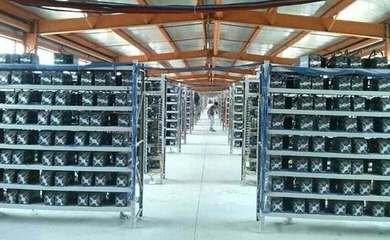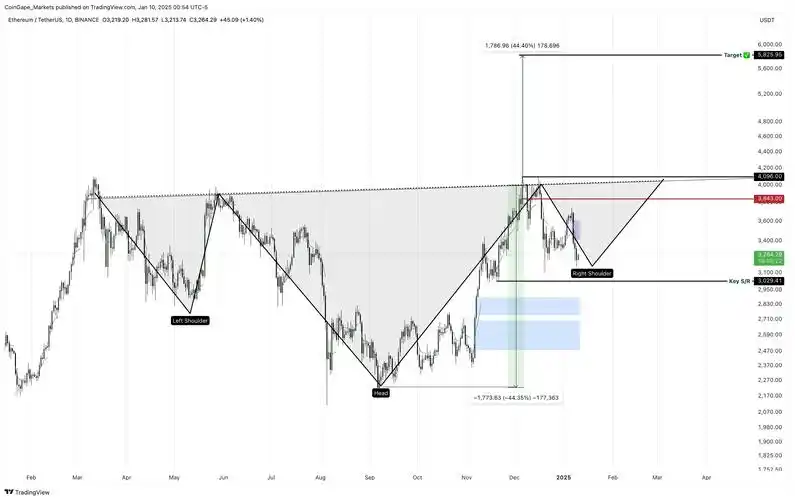As the cryptocurrency landscape continually evolves at breakneck speed, the significance of efficient mining operations cannot be overstated. Ethereum, the pioneering platform for decentralized applications, has witnessed a surge in interest, particularly among miners eager to capitalize on its potential. As we gear up for 2025, understanding the financial intricacies of Ethereum mining rig hosting costs becomes paramount. For those immersed in the world of digital assets, especially Bitcoin and Dogecoin enthusiasts, comprehending these dynamics offers insights that extend beyond mere profitability.

A profitable mining operation hinges on several critical factors: power consumption, hardware efficiency, and, inevitably, hosting costs. The concept of consider hosting solutions is becoming increasingly popular among miners as the need for scalable and reliable setups rises. With a multitude of providers vying for your attention, conducting a price comparison becomes essential to unearthing the best deals. Ethereum miners, in particular, are witnessing concealed costs that can significantly affect their bottom line.
In the realm of mining, your choice of machinery plays a pivotal role in determining your operational efficiency. Mining rigs, those intricate assemblages of GPUs or ASICs, are more than just hardware; they represent the gateway to harvesting Ethereum at competitive rates. Yet, miners pure experience challenges surrounding the discrepancy of costs associated with different types of mining farms. Here, even a tiny variance in hosting fees can translate to substantial gains or losses over time.

It’s important to note that Ethereum is now transitioning to a proof-of-stake model due to the Ethereum 2.0 upgrade. Nevertheless, the GPU-based mining of Ethereum is still a topic of substantial interest, particularly surrounding its GPU mining setups. Miners must analyze various hosting platforms thoughtfully, weighing the pros and cons of energy efficiency, cooling mechanisms, and geographical locations. For instance, hosting miners closer to renewable energy sources can significantly mitigate the energy costs associated with running GPUs.
Another pertinent aspect is the exchange dynamics within the crypto sphere. Miners need to engage strategically with exchanges to ensure they receive maximum returns on their mined currencies. This relationship can be nuanced; inadequate understanding of key trading indicators might lead to missed opportunities. Ethereum, having a history of volatility, requires miners to stay vigilant, adjusting their strategies to exchange fluctuations to maintain profitability.
The Dogecoin phenomenon further illustrates the diverse environment of cryptocurrencies where miner dynamics differ remarkably. With its rapid rise and ongoing appeal as a meme coin, Dogecoin has attracted a plethora of miners and hosts able to gear their operations for maximum output. Studying shifts in the mining ecosystem involving coins like Doge offers critical takeaways for those specifically focused on Ethereum.

Exploring specific hosting plans is another layer worth unraveling. Evaluating the service offerings of various providers will unveil a spectrum of solutions. Some may offer robust customer support and hardware that can withstand the rigors of operation, while others might provide cheaper plans with limitations on performance metrics. The disparity between what one anticipates vs. what one receives in terms of service quality and uptime has staggering implications for prospective miners.
In the competitive arena of mining, meticulous record-keeping can provide miners with essential insights. Keeping tabs on previous hardware costs, hosting fees, and the ever-present threat of rig inefficiency—perhaps attributable to outdated technology—reveals a comprehensive map of essentials to boost profitability. This protocol is critical for any serious miner aiming to strategize for the upcoming year.
Ultimately, while Ethereum appears to be on a trajectory towards an environmentally sustainable model, mining remains a lucrative operation. As 2025 approaches, miners must adapt to shifting circumstances while remaining opportunistic regarding hosting services that best align them for success. Whether they pertain to discerning the right mining rig, recognizing shifts in market behavior, or fine-tuning hosting strategies, each decision bears the potential to influence one’s profitability in notable ways.
Ethereum mining rig hosting in 2025? Price comparisons are key. Expect volatility, research hidden fees, and negotiate aggressively for the best deal. Location matters!